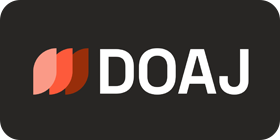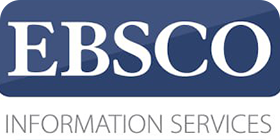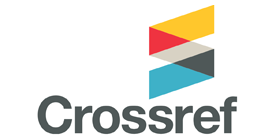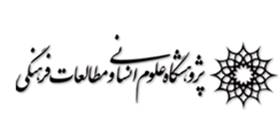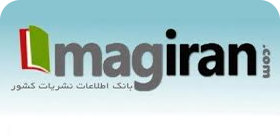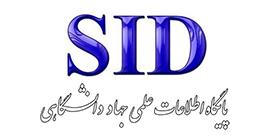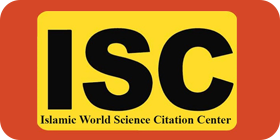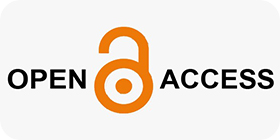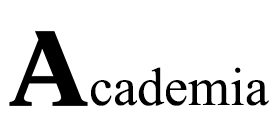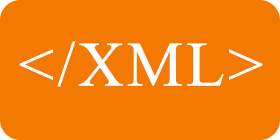Design and Elaboration of the Neuro-Coaching Education Model (Neuroscience of Coaching)
Keywords:
Neuro-Coaching, Neuroscience, Modeling, Isfahan Steel CompanyAbstract
Purpose: The aim of the present study was to design and elaborate the neuro-coaching model (neuroscience of coaching) at Isfahan Steel Company. Methodology: This research is an applied study and, in terms of methodology, a mixed-methods (qualitative-quantitative) research. The statistical population of the study consisted of 15 experts from Islamic Azad Universities and managers of the Isfahan Steel Company. In the qualitative section, their opinions were used to identify and code the categories. For modeling purposes, the statistical population included a group of officials from the Isfahan Steel Company. Cochran's formula was used for sampling, resulting in a sample size of 384, and the sampling method was randomly accessible. To identify the factors, interviews were conducted initially, and with the help of open coding, selective coding, and axial coding, categories and concepts were extracted. Findings: The results of included 41 axial codes and 251 open codes. Subsequently, in the next stage, using confirmatory factor analysis, the axial, causal, contextual, intervening conditions, strategies, and outcomes were examined. Finally, consensus was reached on 209 open codes and 40 selective codes. For modeling, structural equations and partial least squares (PLS) with Smart PLS software were utilized. The results indicated that the neuro-coaching model (neuroscience of coaching) at Isfahan Steel Company is underpinned by 8 causal conditions, 8 contextual conditions, 6 intervening factors, and 7 strategies, leading to 11 major outcomes for Isfahan Steel Company. These outcomes include: improved neural process performance, personal growth and development, empowerment and psychological improvement, enhanced interactions and satisfaction, improved performance and cost reduction, psychology and personal relationships, interaction and communications, personal and psychological growth, individual and professional development, interactions and exercises, and the quality and effectiveness of neural solutions. Conclusion: In conclusion, the neuro-coaching model holds significant promise for transforming coaching practices and enhancing organizational outcomes. The integration of neuroscience principles provides a robust framework for developing more effective and scientifically grounded coaching interventions.

